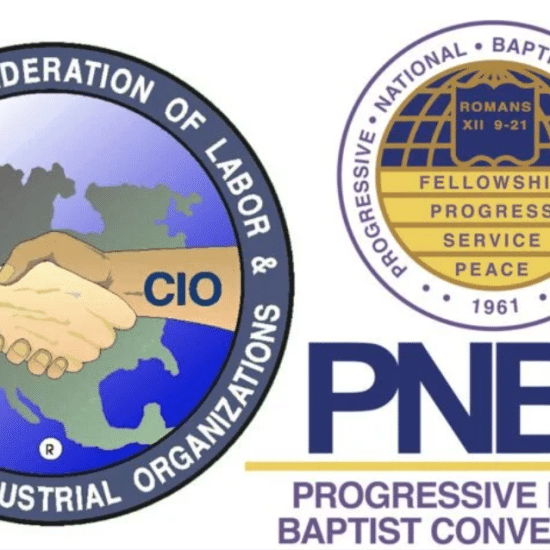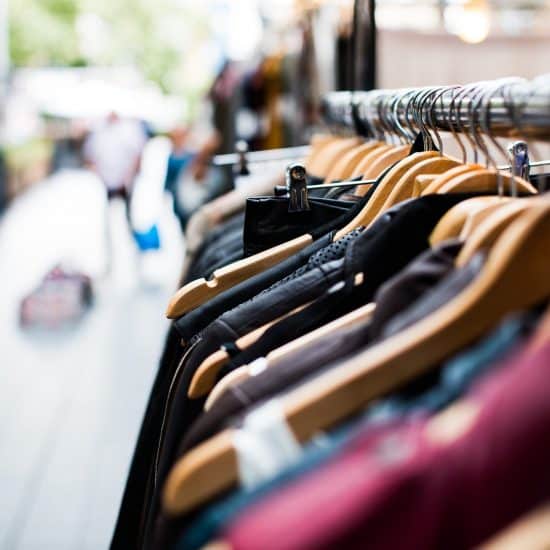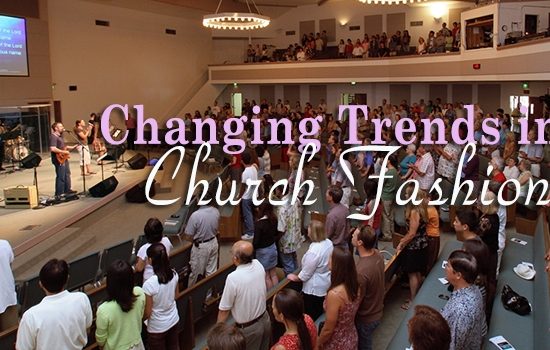People often consider multiple factors when shopping for clothes, such as cost, colors and style. Baptist World Aid Australia hopes people will also consider the ethics of the clothes’ development. On April 17, BWAA released its “2018 Ethical Fashion Report,” telling readers they hope the areport will “empower you to purchase from companies that treat their workers ethically.”
 The Ethical Fashion Report sheds light on what the industry and individual companies are doing to address forced labour, child labour and exploitation. “Consumers should continue to preference those companies doing the most to uphold the rights of workers in their supply chains and call on those that aren’t to do better,” the report declares. “Companies should continue to strengthen their labor rights systems and ensure that workers — from farm to factory — receive a living wage.”
The Ethical Fashion Report sheds light on what the industry and individual companies are doing to address forced labour, child labour and exploitation. “Consumers should continue to preference those companies doing the most to uphold the rights of workers in their supply chains and call on those that aren’t to do better,” the report declares. “Companies should continue to strengthen their labor rights systems and ensure that workers — from farm to factory — receive a living wage.”
The BWAA added it hopes consumers will use the report to “encourage more companies and decision makers to take action to ensure workers are not exploited, they are paid adequately and they work free from the tyranny of modern slavery.”
BWAA, the aid and development arm of Australian Baptist Ministries, releases the report annually. The 2018 report grades 114 companies representing 407 brands on a scale of A to F. The grades are based on 33 criteria to track how well companies have implemented systems to “reduce the risk of modern slavery, child labor and exploitation.” The report notes that “exploitation exists at every stage of the global garment industry supply chain.”
This year marked the first time the report assessed companies’ gender policies, and they found only 22 percent of companies with policies and strategies to address gender inequality and discrimination in their supply chains. BWAA also looked for the first time to see if companies worked to mitigate environmental impacts, though it did not use that data in the grading system this year.
With the medium grade of a C+, only 18 companies received and A while 11 received an F. Brands graded in 2018 include:
- Abercrombie & Fitch (D)
- adidas (A-)
- American Apparel (B+)
- Calvin Klein (B-)
- Dockers (B-)
- Forever 21 (D)
- Fruit of the Loom (D+)
- GAP, (B-)
- Hanes (A-)
- Hollister Co. (D)
- Hush Puppies (B-)
- Levi’s (B-)
- New Balance (B-)
- Nike (B-)
- Old Navy (B-)
- Patagonia (A)
- Puma (B)
- Ralph Lauren (D+)
- Reebok (A-)
- Tommy Hilfiger (B-)
- Van Heusen (B-)
The BWAA noted “transparency remains a challenge in the industry,” but celebrated progress in that area. While only 26 percent of companies published a full direct supplier list last year, that number rose to 34 percent this year. However, the tracing of raw materials — like cotton — still lags far behind as only seven percent know the source of their raw materials. Because the agricultural sector includes more than 70 percent of the child laborers in the world and many of the adults in forced labor, tracing raw materials remains critical for ensuring ethical clothing.
Countries with the most people employed in the garment, textiles and footwear industries are India, China, Bangladesh, Pakistan, Indonesia and Vietnam. Women outnumber men in the industry in most of the countries. BWAA explains that for workers in the Asia-Pacific region where most in the fashion industry live, the industry “is a significant provider of jobs” and thus “spurs economic growth, generates tax revenue, provides valuable skills and training and delivers crucial foreign exchange” that often help improve lives and communities. However, the report quickly adds that “the global fashion industry can be a place of exploitation for millions.”
The report highlights the need for more attention to the fashion industry paying a living wage that covers basics like food, water, healthcare, clothing, electricity and education. But, as BWAA explained, “most garment sector workers receive wages well below this.” For instance, in Bangladesh, the minimum entry-level wage for garment workers is $63 a month even though calculations peg a living wage at between $177-214 (depending on where one lives in the country). Similarly, in Vietnam, the minimum wage is $153 per month while the estimated living wage is $290. BWAA found only 17 percent of fashion companies could demonstrate that any workers the final stage of their supply chain (the production stage where workers cut, trim, sew and print) received a living wage — and only five percent of companies could prove a living wage for all workers in the final production stage.
BWAA, started in 1959, works with local partners in 25 nations in Asia, Africa, the Middle East and the Pacific. Their projects include community development, child sponsorships, disaster relief and advocacy like the Ethical Fashion Report.
A free copy of the report with detailed grades for the companies in multiple categories can be downloaded at baptistworldaid.org.au.



